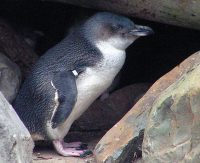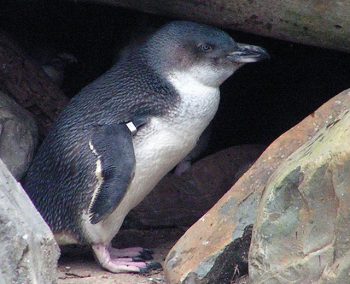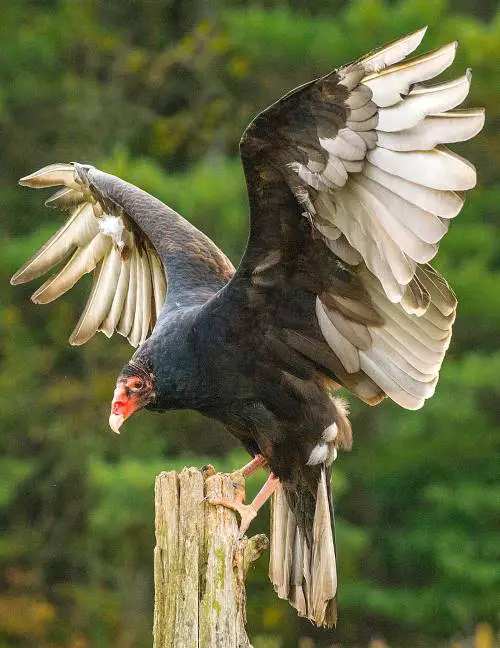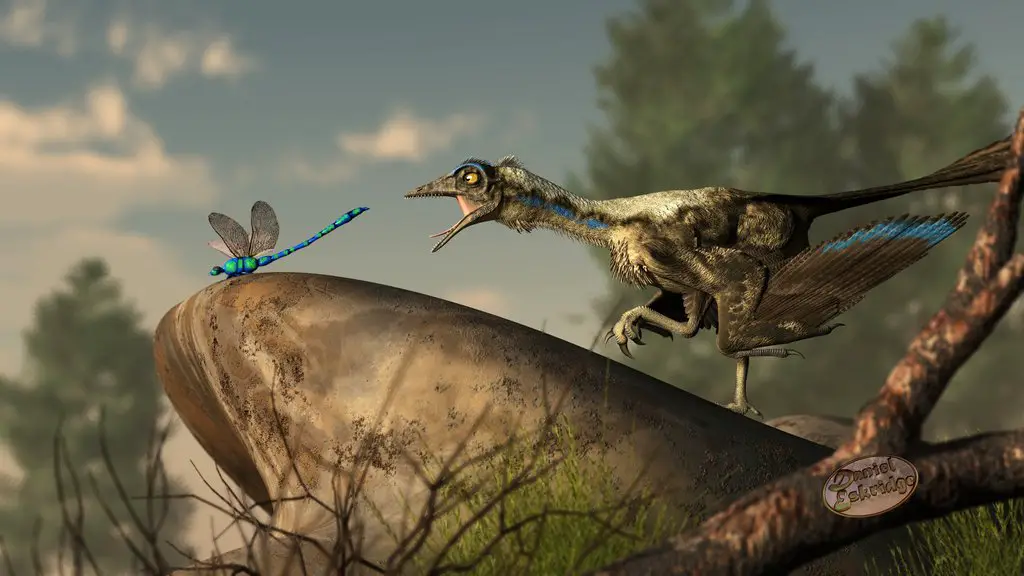The little blue penguin (Eudyptula minor) is the smallest of all penguins. The penguin lives in southern New Zealand and Australia. Little blue penguins are also called fairy penguins, blue penguins, and little penguins. They are not migratory species.
Johann Reinhold Forster, a German naturalist, was the first person who described little penguins back in 1781.
Little blue penguins live in Chatham Islands, New Zealand, New South Wales, South Australia, Babel Island, Western Australia, Tasmania, and Western Australia.
They become active during daylight hours. Blue penguins spend nearly half of their lives swimming as well as foraging at sea.
Little penguins can reach the size of 30 – 33 cm. They have dark-gray beak which grows 3 – 4 cm in length.
Blue penguins dive in shallow waters. They come to the surface every 21 seconds. Little blue penguins can dive to the maximum depths of 2 meters.
waters. They come to the surface every 21 seconds. Little blue penguins can dive to the maximum depths of 2 meters.
Little blue penguins eat arrow squid, red cod, barracouta, ahuru, slender sprat, clupeoid, crustaceans, Graham’s gudgeon, arrow squid, anchovy, and cephalopods.
Blue penguins use their flipper-like wings to swim. They can reach the length of 30 and 33 cm only. Adult penguins weigh up to 3.3 pounds.
Females become mature at 2 years age whereas males reach the maturity at 3 years. Little blue penguins lay eggs in April to October.
Little blue penguins have an average lifespan of 6 – 7 years but they can live as long as 25 years in captivity.
Predators of blue penguins are foxes, wolves, ferrets, rats, dogs, stoats, and large reptiles.
The worldwide population size of little blue penguins is about 350,000 – 600,000. Currently, plastic pollution and human development appear to be the primary threats to the penguin’s population.





